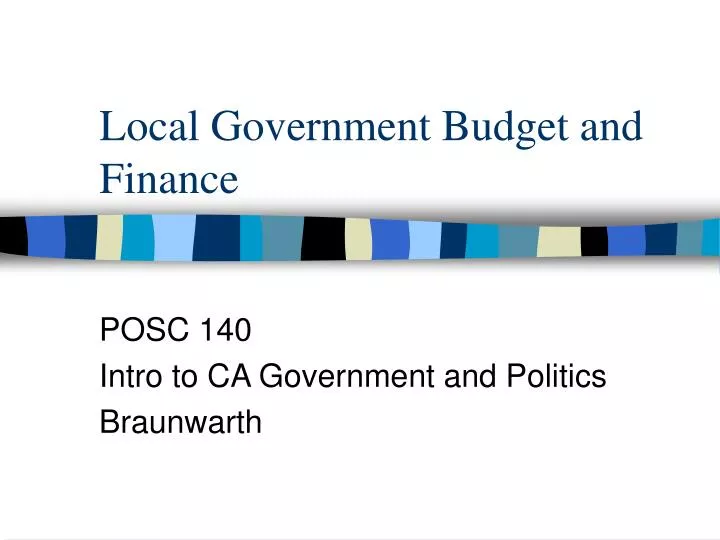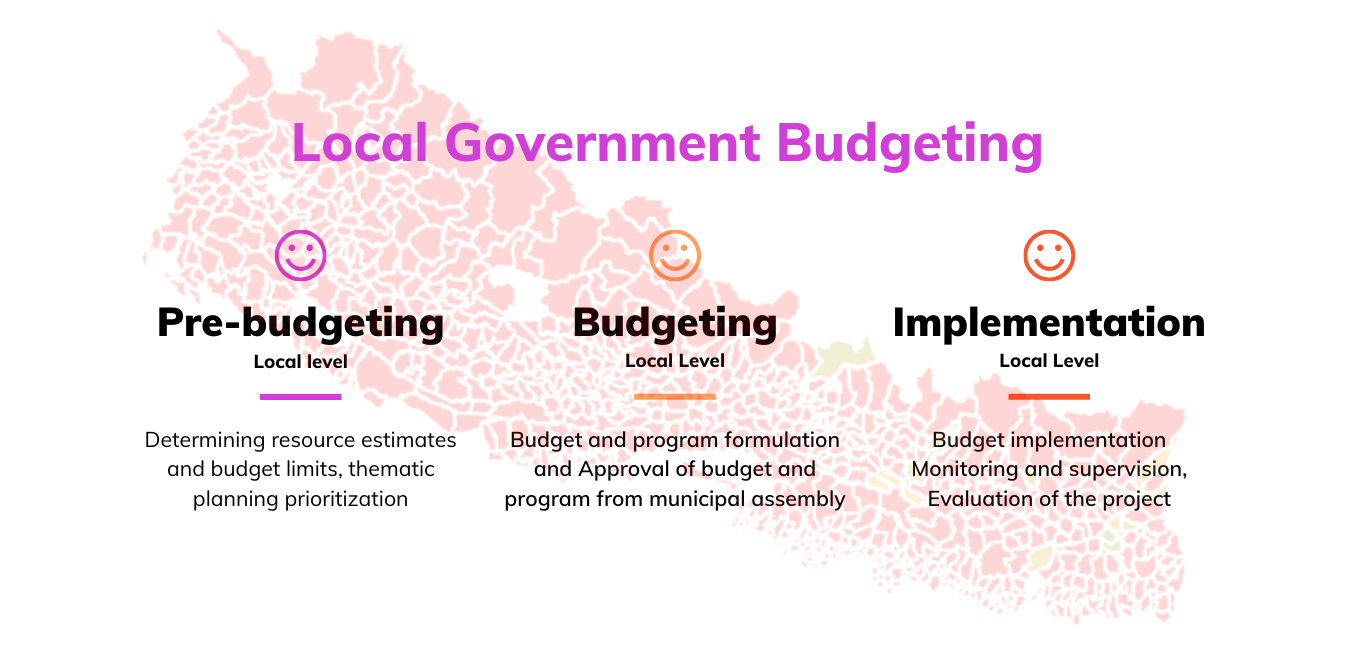
Table 16: Total CO2 emissions per capita.Table 11: Residents with no formal qualifications.Table 10: Residents with high-level qualifications.Figure 17: Residents with high-level qualifications.Table 9: Ratio of private sector to publicly-funded jobs.
 Table 7: Jobseeker’s Allowance claimant count. Table 5: Patent applications published per 100,000 residents. Figure 15: Relationship between productivity and jobs in knowledge-intensive firms. Figure 3 Business stock per 10,000 population. Table 2: Business starts and closures per 10,000 population. Box 5: Commercial property investment by Portsmouth City Council. Figure 14: Increase in the share of income from sales, fees and charges in English and Welsh cities, 2009/10-2017/18. Figure 13: Increase in the share of income from sales, fees and charges in English and Welsh cities, 2009/10-2017/18. Figure 11: Growth in the council tax base, 2011-18. How cities have responded to cuts in grant. Figure 10: Economic performance and change in total spending. Figure 9: Reliance on grants and change in public spending. Cities most reliant on grant have seen the largest cuts to this grant. Figure 8: Change in social care spending, 2009-10 – 2017/18. Figure 7: Change in spending on social care and other services in England since 2009/10 (2017/18 prices). Figure 6: Change in total spending on different areas in British cities and elsewhere in Britain, 2009/10-17/18 (2017/18 prices). Cuts have been achieved mainly through services that councils aren’t legally obliged to deliver. Northern English cities have been hardest hit by austerity. Figure 4: Change in total spending on a per capita basis, 2009/10-2017/18 (2017/18 prices).
Table 7: Jobseeker’s Allowance claimant count. Table 5: Patent applications published per 100,000 residents. Figure 15: Relationship between productivity and jobs in knowledge-intensive firms. Figure 3 Business stock per 10,000 population. Table 2: Business starts and closures per 10,000 population. Box 5: Commercial property investment by Portsmouth City Council. Figure 14: Increase in the share of income from sales, fees and charges in English and Welsh cities, 2009/10-2017/18. Figure 13: Increase in the share of income from sales, fees and charges in English and Welsh cities, 2009/10-2017/18. Figure 11: Growth in the council tax base, 2011-18. How cities have responded to cuts in grant. Figure 10: Economic performance and change in total spending. Figure 9: Reliance on grants and change in public spending. Cities most reliant on grant have seen the largest cuts to this grant. Figure 8: Change in social care spending, 2009-10 – 2017/18. Figure 7: Change in spending on social care and other services in England since 2009/10 (2017/18 prices). Figure 6: Change in total spending on different areas in British cities and elsewhere in Britain, 2009/10-17/18 (2017/18 prices). Cuts have been achieved mainly through services that councils aren’t legally obliged to deliver. Northern English cities have been hardest hit by austerity. Figure 4: Change in total spending on a per capita basis, 2009/10-2017/18 (2017/18 prices). 
Local government, particularly in urban areas, has been hardest hit by austerity.Box 3: Where does local government get its money from?.Figure 2: The economic performance of cities and employment outcomes of residents in towns, 2011.

Figure Figure 1: The contribution of British cities.







 0 kommentar(er)
0 kommentar(er)
